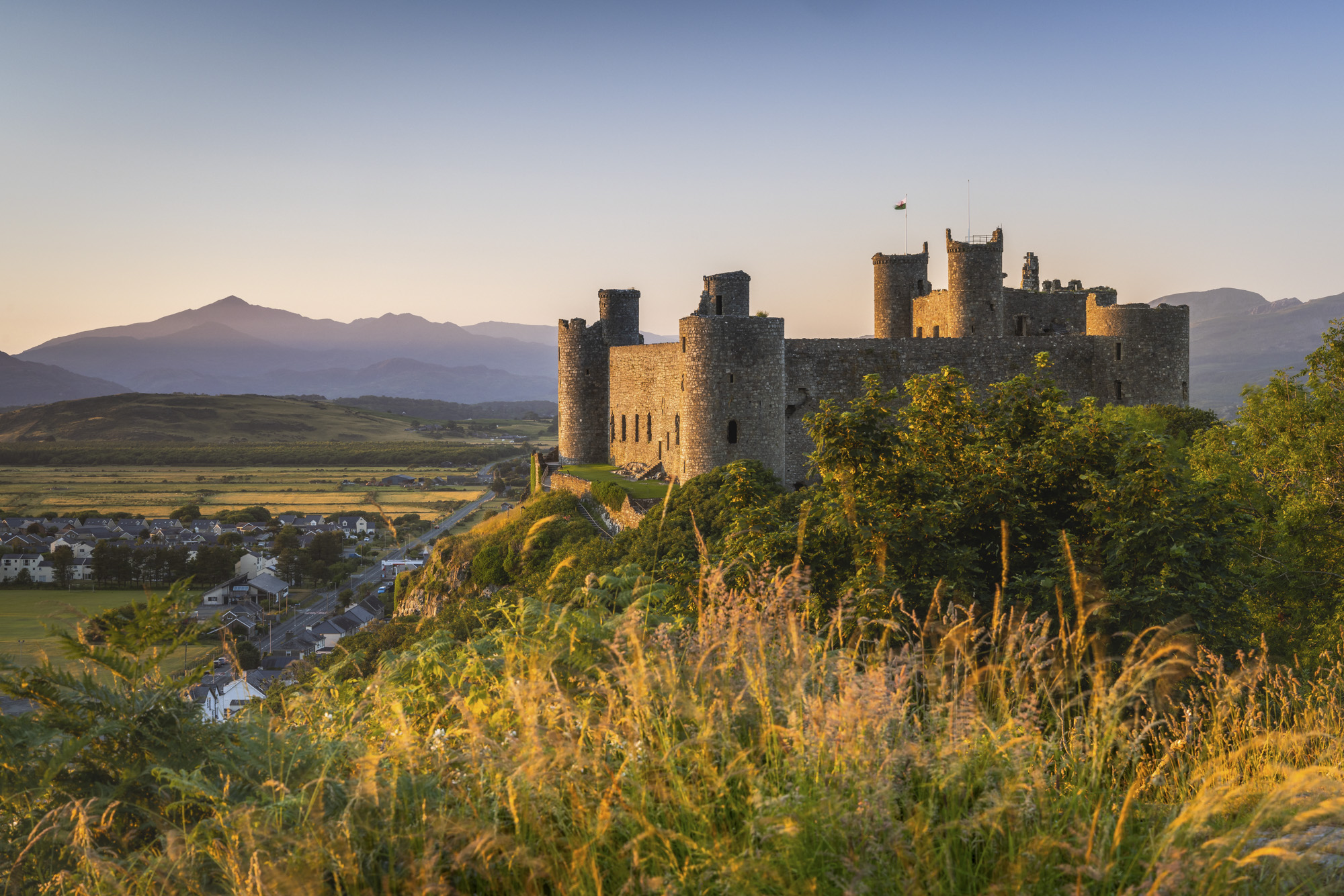
Above: watch our video guide
Photography is all about the light and how you use it. You’ll also need to decide when you shoot too as different scenes will suit a certain type of light at specific times.
Photographing your scene before sunset or after sunrise, with warm side light bathing the scene can create long shadows, while shooting before sunrise and after sunset in the blue hour will give your images a cooler feel as well as subtle, pastel colours.
The above two choices are the main magical hours for landscape photography, but there’s a third timeframe too: twilight. This is split into three stages that encompass some of the golden and blue hours: civil, nautical, and astronomical twilight, before, it’s finally classified as nighttime. Photographing your scenes in any of these timeframes will result in vastly different looks to your photos, but fundamentally create interesting and compelling images.
In this project I'll run through the best times to shoot your scenic shots on any given day and demonstrate how the light can dramatically change in just a few hours.
1. The golden hour

The Golden Hour refers to the hour after sunrise and before sunset. Not necessarily lasting an hour (depending on the location and season). It’s my favourite time for landscapes: the nature of the light at this time of day is simply stunning.
2. Sunrise and sunset
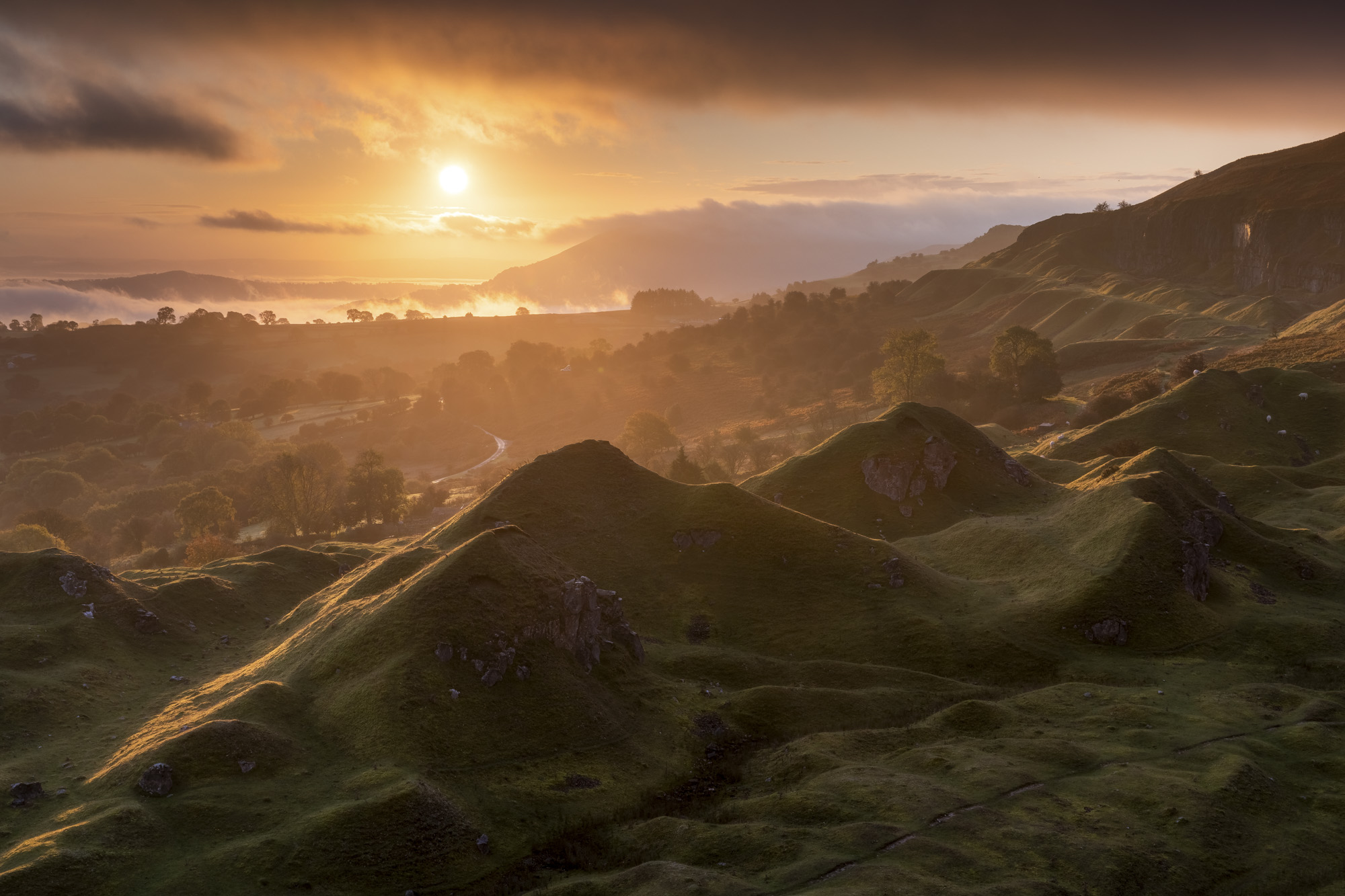
When the sun is near the horizon, sunlight travels through more of the atmosphere, reducing the light intensity. A softer more diffuse light bathes across undulations casting long shadows, enhancing the landscape and clouds bring on a new life.
3. Just after sunset (or before sunrise)
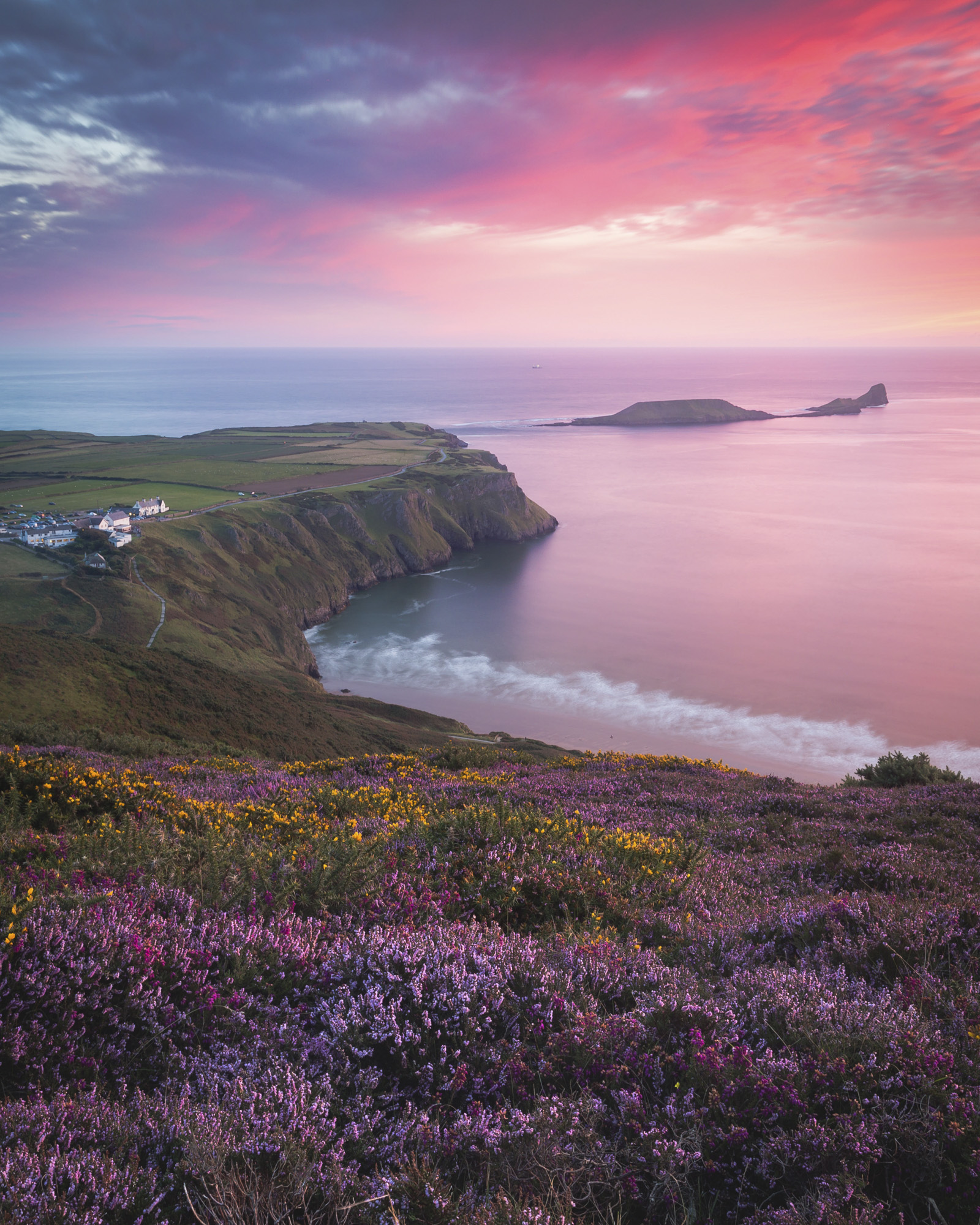
Immediately after sunset it’s not uncommon for the sky to have a lovely, graduated colour to it, ranging from pastel oranges, purples, and blues. This time of day really can suit all sorts of image ideas and is great if the sky has a few clouds that will take on the colour.
4. The blue 'magic' hour
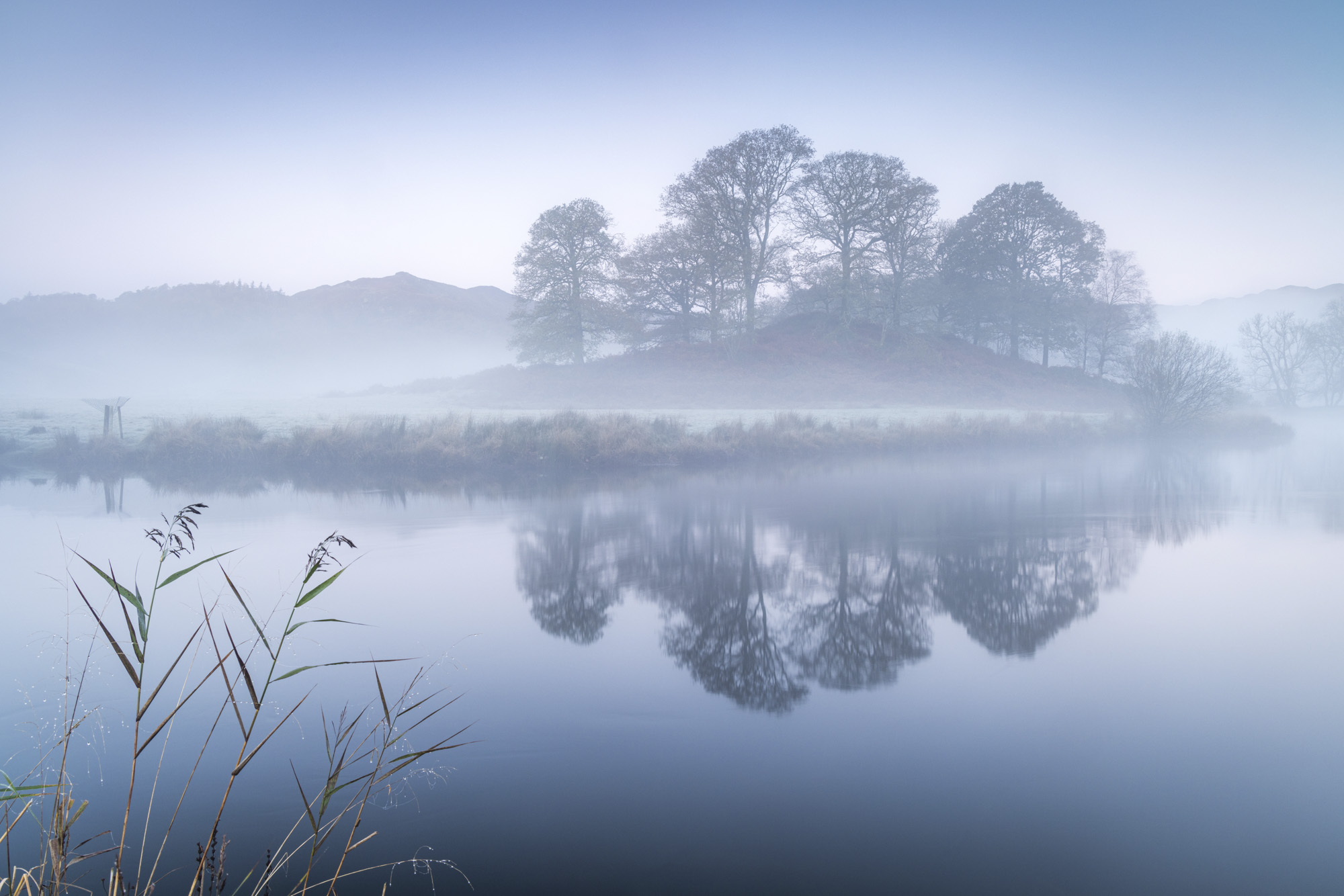
Before the golden hour in the morning or after sunset, the world takes on a much bluer look. Namely known as the ‘blue’ or ‘magic’ hour, this is when the sun is below the horizon and the scene is illuminated by a cool and soft light, with no direct light angle.
5. Catch a moonrise
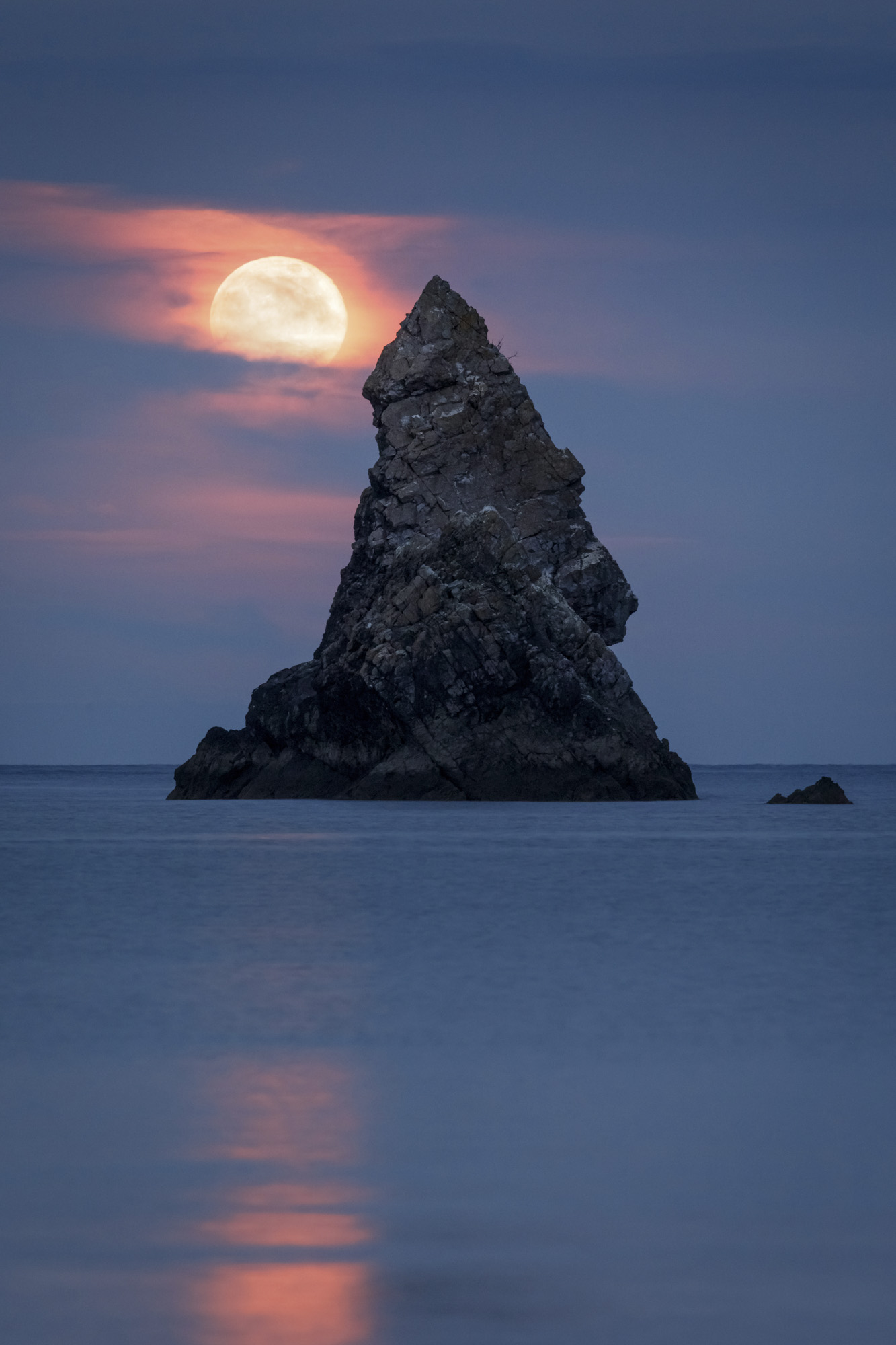
Another blue hour idea is photographing the rising moon. Usually when a full moon rises, it coincides close to the sun setting. In the first fifteen to thirty minutes when the moon rises, there is still enough ambient light to evenly illuminate the landscape.
6. Nautical twilight
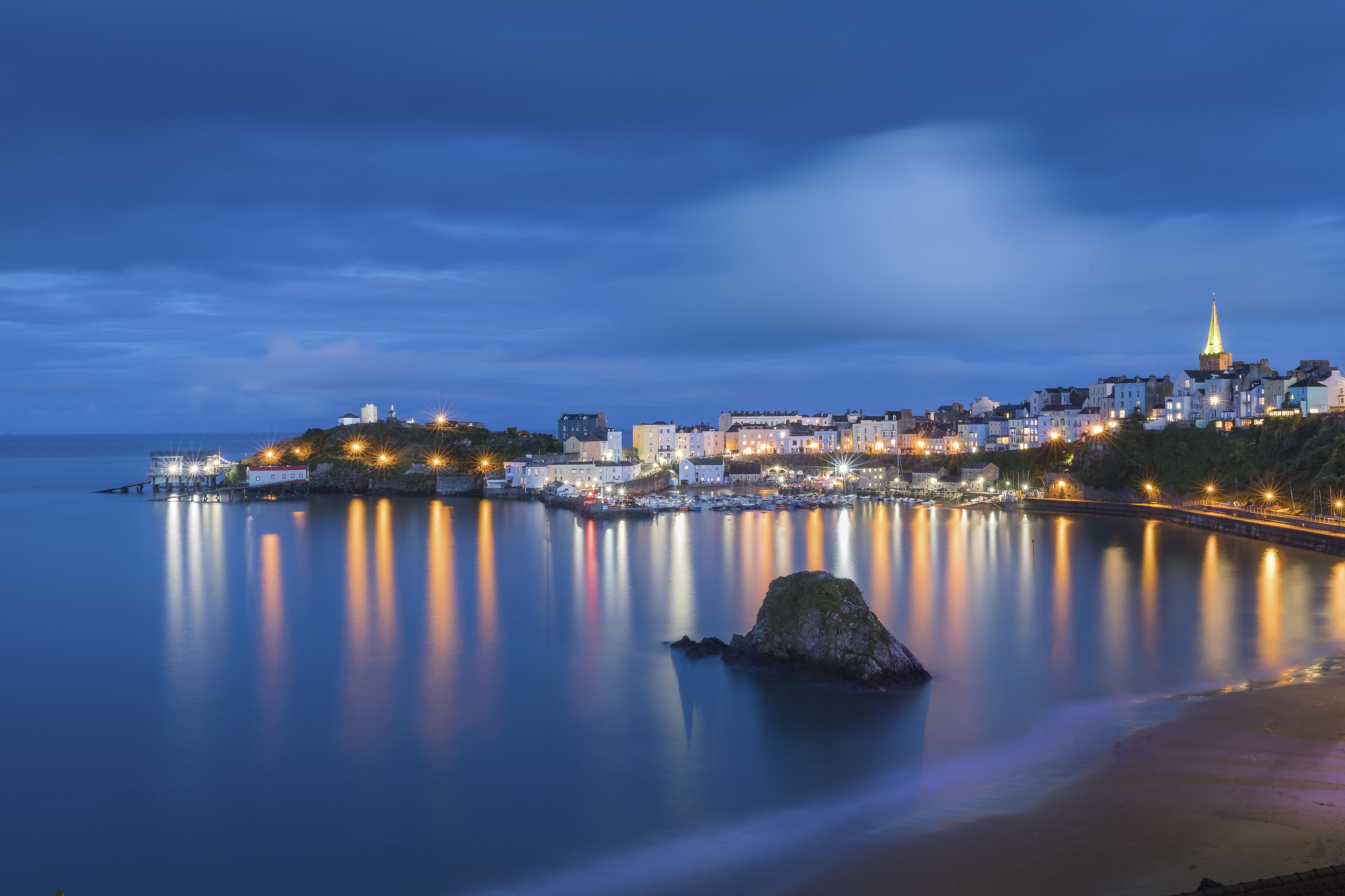
After the enjoyment of the golden and blue hours we head into nautical twilight. As the sky darkens and takes on a deep blue colour I love to shoot man-made lit areas featuring water such as harbours, castles with moats and still lakes at this time.
7. Total darkness
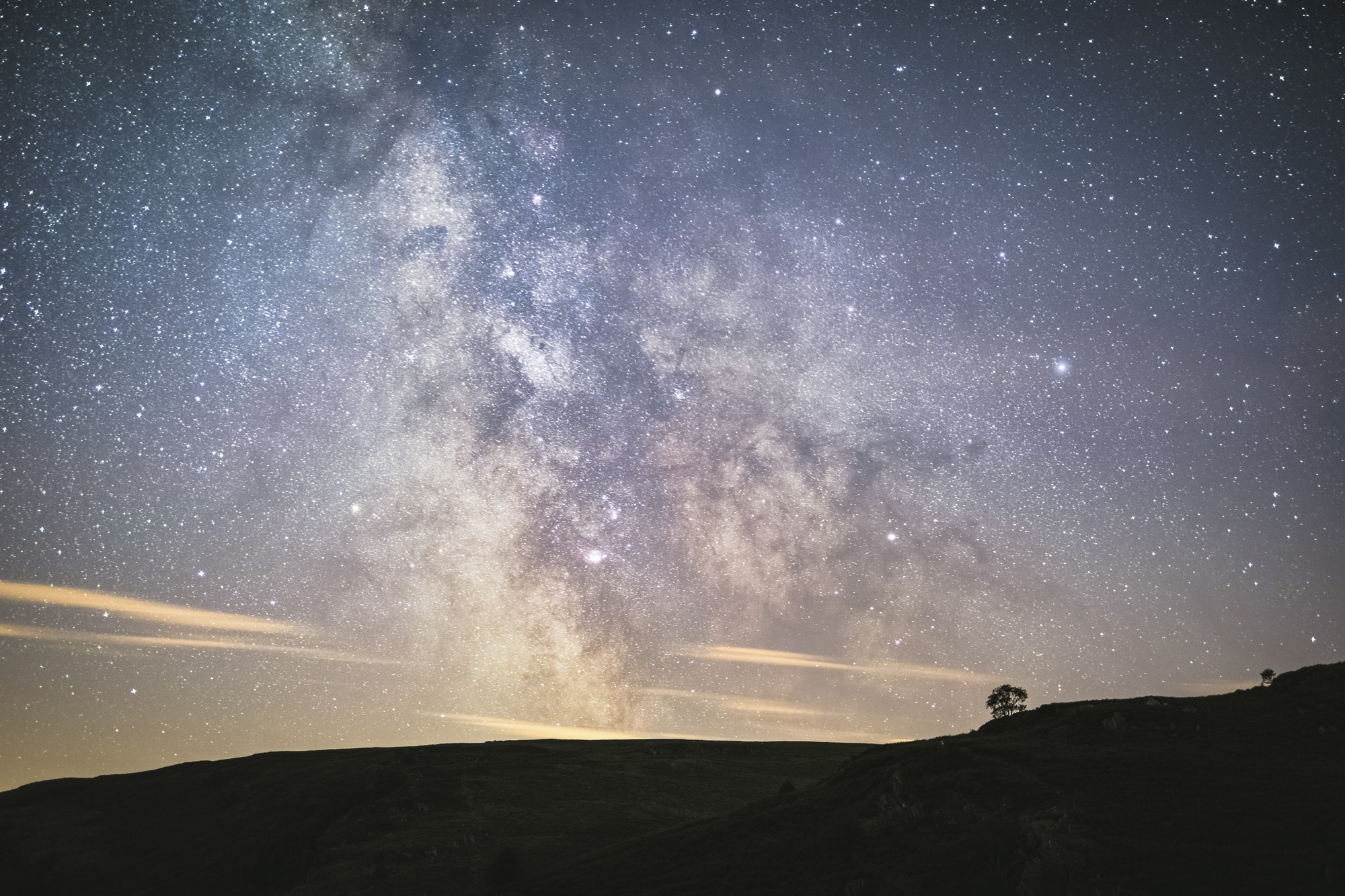
After civil and nautical twilight we move into astronomical twilight and the night. This is when you can have some fun with star filled night sky images. A camera body with good high ISO low-light performance like my EOS R5 is ideal, though most full-frame bodies will work well. A high ISO will allow you to capture more information in low light situations too. Wide-angles work best, as they let you fit more sky into your shots, and a fast aperture such as f/2.8 will help you suck in lots of light.
A shutter speed of 20-30 secs is ideal, so a sturdy tripod is essential for blur-free shots. Focus on the starts themselves or turn your camera to manual focus and set it at infinity. Incorporating landscape features work well and it may sound obvious but head away from city lights or any light pollution that might affect your images. Keep an eye on the moon phase as well; a full moon will wash out stars, so aim to shoot your night sky images around the time of a new moon for best contrast.
These are the best low light cameras and the best painting with light photography tips. You might also like the best photo editing software and the best photo-editing laptopsx.







